International
Incidents in Argentina between police and state workers protesting 2,300 layoffs
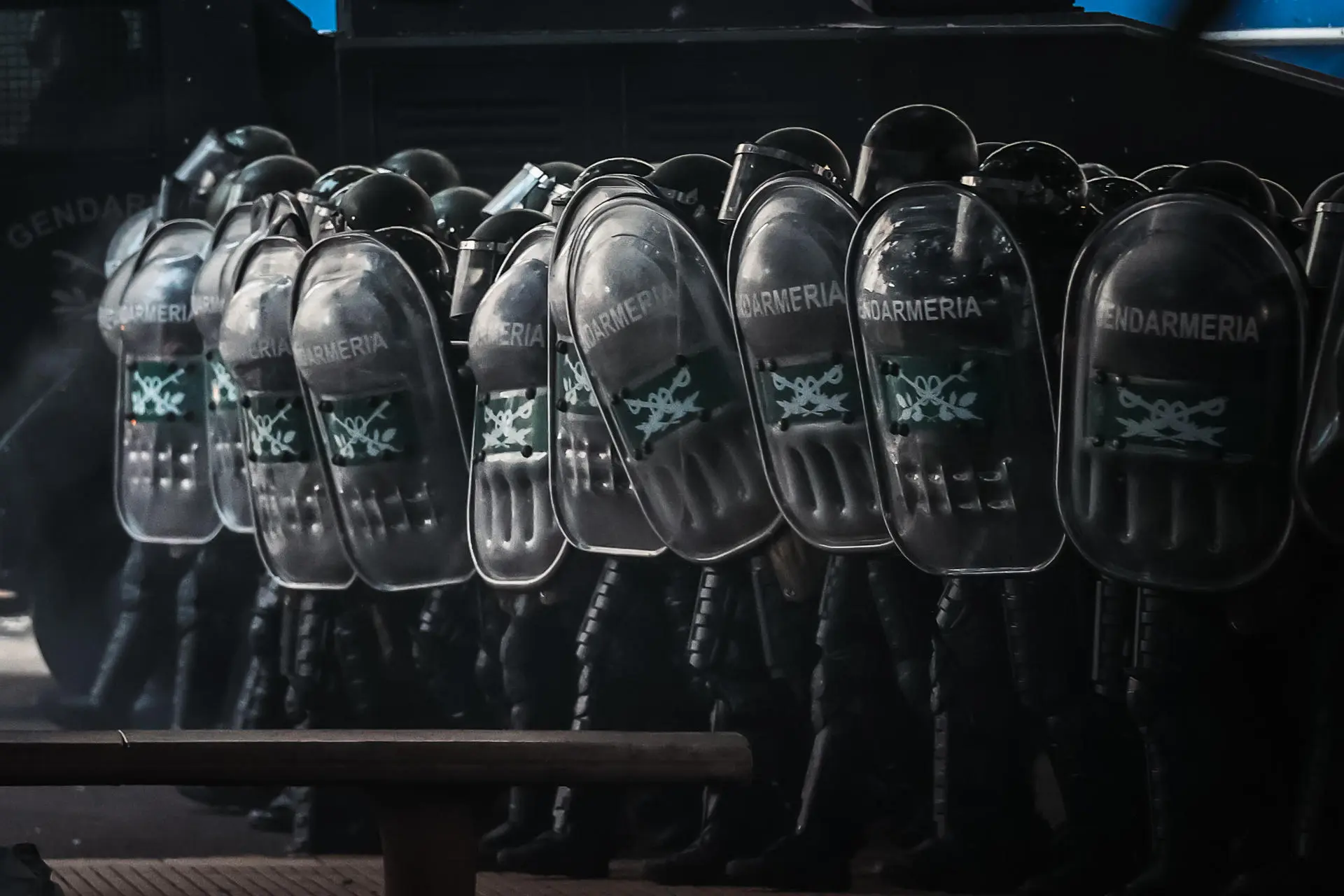
A protest by Argentine state workers who were demonstrating for the dismissal of 2,305 state employees by the Government of Javier Milei ended on Monday with riots and two people arrested.
Representatives of the Association of State Workers (ATE) gathered in front of the headquarters of the National Institute of Industrial Technology, at the intersection of General Paz Avenue (the border between the capital and the province of Buenos Aires) and Constituyentes Avenue, with high circulation.
The Police of the city of Buenos Aires armed a cordon of troops with shields and helmets, which threw pepper spray at the demonstrators, many of them, with green breastplates with the ATE logo, and “liberated” the cutting of the streets, according to official sources.
“We arrested one person for assaulting police personnel and another for wielding a knife,” the Minister of Security of the government of the city of Buenos Aires, Waldo Wolff, reported in his X account.
One of the demonstrators who ended up on the floor, detained by the police, is the secretary general of ATE, Rodolfo Aguiar, who on Monday compared the dismissals of employees with the military dictatorship that the country suffered between 1976 and 1983.
“We face a systematic plan for the destruction of the State in which the newly disappeared are fired,” Aguiar told El Destape radio, where he also said that “Milei’s dismissals translate into a phenomenal loss of rights for the population.”
ATE counted about 2,305 layoffs until this Monday, but he believes that there will be many more when the casualties are counted in the interior provinces, which are in addition to the run of layoffs already made by the Executive last March.
The union leader said that it is a “shame” that this Monday the Executive has called for equal negotiations for state workers and added that for tomorrow a plenary of delegates from all over the country is convened to “define the deepening of the struggle plan.”
The Government of Milei applies a strong adjustment to public spending, which allowed it in the first five months of the year a fiscal surplus of 0.4% of GDP – from 6% of 2023 that it had inherited, in order to lower inflation that is still 276.4% per year last May -, while maintaining a security policy that imposes order on the streets.
According to the official data published by the Indec, until last May the casualties in the State were 25,218 workers compared to December 2023, when contemplating the National Public Administration and state companies and companies.
International
Trump Orders Construction of New ‘Golden Fleet’ to Revitalize U.S. Naval Superiority
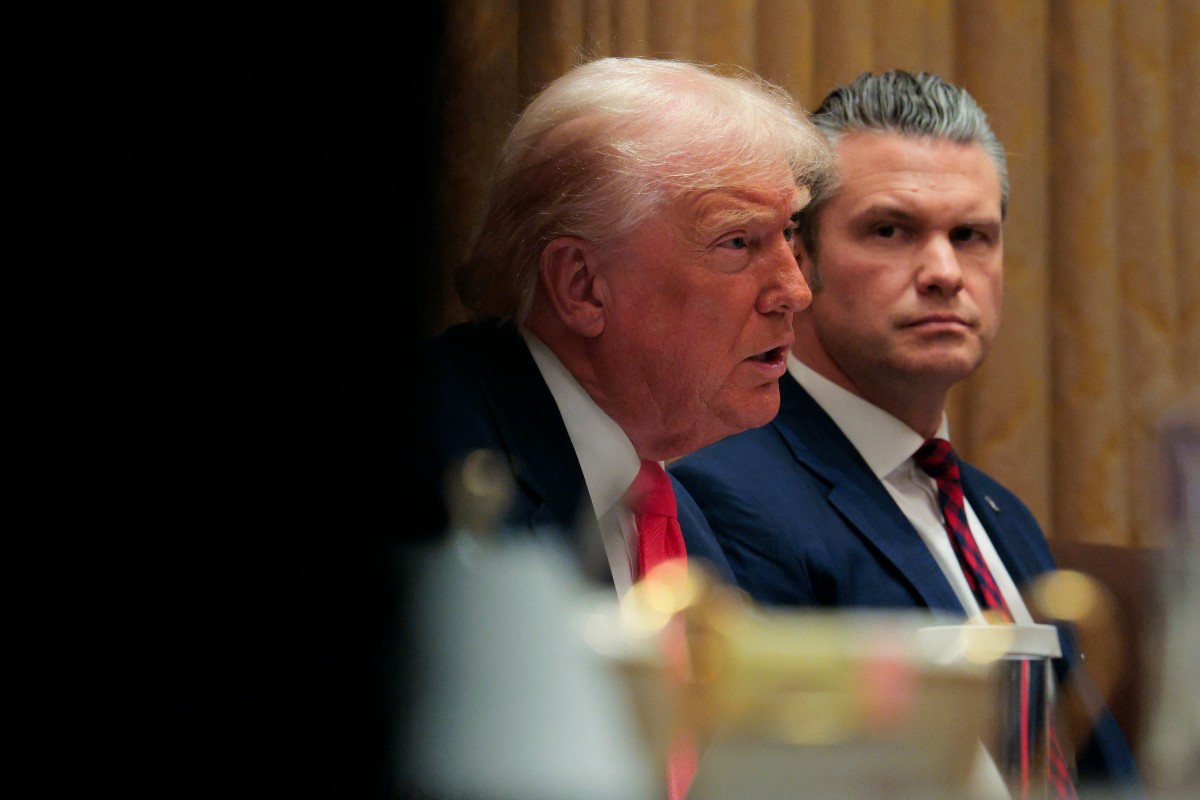
President Donald Trump issued an executive order this Monday for the immediate construction of two new warships that will bear his name. These vessels will be the pioneers of what he described as the “Golden Fleet,” a future generation of “Trump-class” battleships that he claimed would be “100 times more powerful” than those currently in service.
The announcement took place at his private residence in Mar-a-Lago, Florida. The President indicated that following the initial two ships, the administration aims to commission up to 25 additional vessels. He is scheduled to meet with Florida-based contractors next week to expedite production, criticizing existing defense firms for failing to deliver results efficiently.
This naval expansion is a cornerstone of Trump’s goal to revitalized the American shipbuilding industry and address the strategic gap between the U.S. and competitors like China.
The move comes amid heightened geopolitical tension. Just last week, Trump ordered the seizure of all sanctioned tankers involved with Venezuela’s “ghost fleet” to cripple the country’s crude oil industry. Since December 10, the U.S. military—deployed in the Caribbean under the guise of counter-narcotics operations—has already detained two tankers linked to Venezuelan oil transport.
International
U.S. Judge Blocks ICE from Re-detaining Salvadoran Erroneously Deported Under Trump Administration
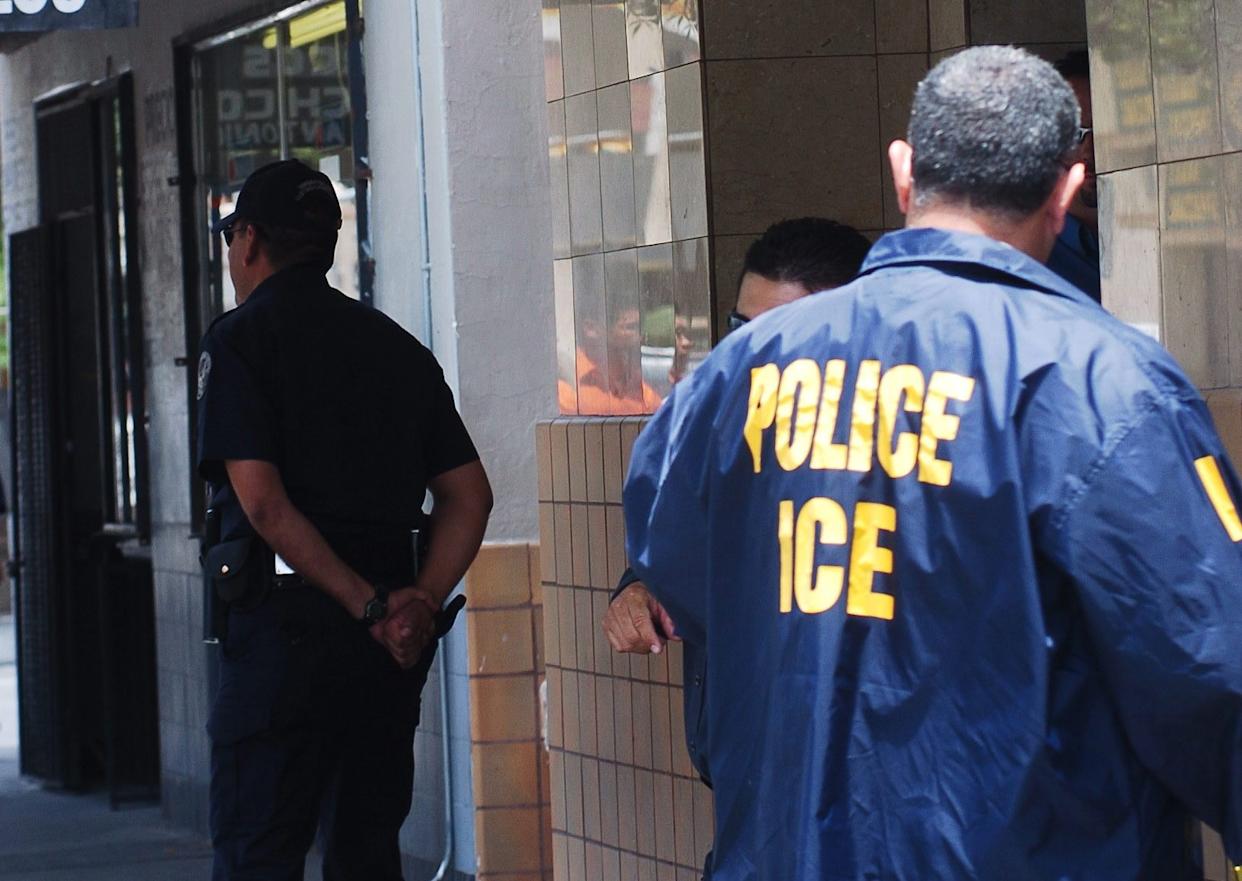
A U.S. federal judge ruled this Monday, December 22, that Immigration and Customs Enforcement (ICE) is prohibited from re-detaining Salvadoran national Kilmar Ábrego García, who was erroneously deported to El Salvador earlier this year during the administration of President Donald Trump.
During a hearing in Maryland, U.S. District Judge Paula Xinis ruled that Ábrego García must remain free on bail through the Christmas holidays, concluding that his initial detention lacked a legal basis. The ruling follows a request from his legal team for a temporary restraining order to prevent ICE from carrying out a new arrest.
Earlier this month, on December 11, Judge Xinis ordered his release from a Pennsylvania migrant detention center after determining that the government had detained him without a formal deportation order. In 2019, an immigration judge had already ruled that Ábrego could not be returned to El Salvador because his life was in danger.
Despite that protection, Ábrego García was deported in March 2025 following a raid by the Trump administration. Officials argued at the time that he was a gang member, and he was sent directly to the Center for the Confinement of Terrorism (CECOT) in El Salvador. In June, he was returned to the United States to face a new trial for alleged human smuggling—a charge he denies.
On Monday, Judge Xinis also temporarily invalidated a new deportation order issued by an immigration judge following Ábrego’s recent release, granting him legal protection through the coming weeks. His trial is scheduled to begin in Tennessee in January 2026.
International
Fire at substation triggers major blackout in San Francisco
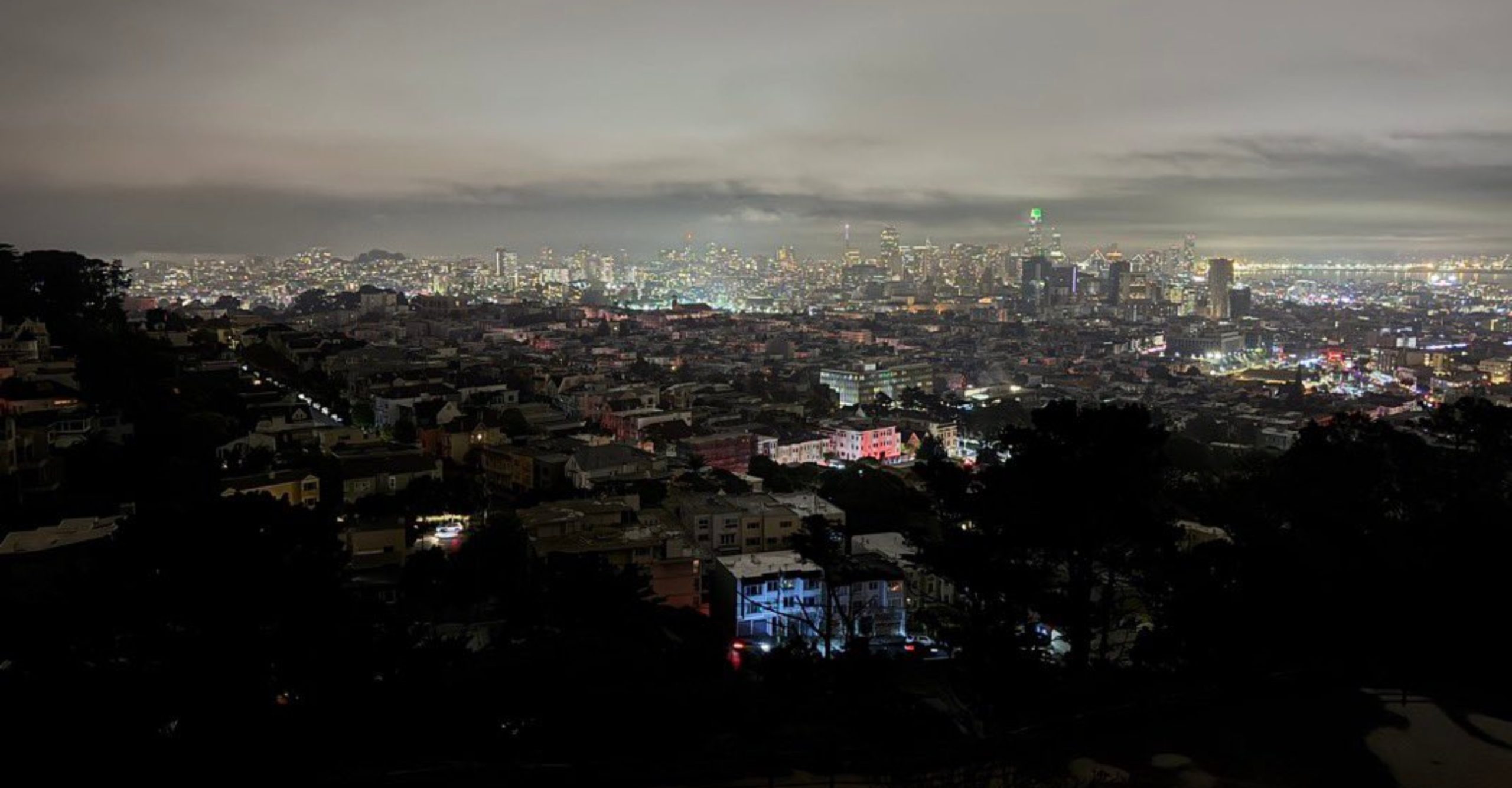
The U.S. city of San Francisco was plunged into darkness Saturday night after a power outage left about 130,000 customers without electricity, although the utility company said service was restored to most users within hours.
Pacific Gas & Electric Company (PG&E) said in a statement posted on X that nearly 90,000 homes had their power restored by 9:00 p.m. local time (05:00 GMT on Sunday), while the remaining 40,000 customers were expected to have service restored overnight.
Large areas of the city, a major technology hub with a population of around 800,000, were affected by the blackout, which disrupted public transportation and left traffic lights out of service during the busy weekend before Christmas, a crucial period for retail businesses.
“I know it’s been a difficult day,” San Francisco Mayor Daniel Lurie said in a video posted on social media from the city’s emergency operations center. “There has been progress, but for those still without power, we want to make sure they are safe and checking in on their neighbors,” he added.
Lurie said police officers and firefighters advised residents to stay home as much as possible. He also noted that officers and traffic inspectors were deployed to manage intersections where traffic lights were not functioning.
The mayor confirmed that the outage was caused by a fire at an electrical substation. Parts of the city were also covered in fog, further complicating conditions during the incident.
As a result of the blackout, many businesses were forced to close despite it being the weekend before Christmas. The sudden drop in shopper traffic ahead of the holiday is “devastating” for retailers, the manager of home goods store Black & Gold told the San Francisco Chronicle.
-

 International4 days ago
International4 days agoShakira’s El Salvador concerts sell out in hours, fans demand more dates
-

 International3 days ago
International3 days agoPentagon confirms Trump pick for SouthCom as U.S. military pressure grows
-

 International4 days ago
International4 days agoTrump moves to reclassify marijuana as less dangerous substance
-

 International3 days ago
International3 days agoArgentina detects first local cases of Influenza A (H3N2) Subclade K
-
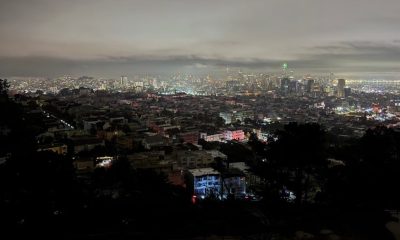
 International2 days ago
International2 days agoFire at substation triggers major blackout in San Francisco
-
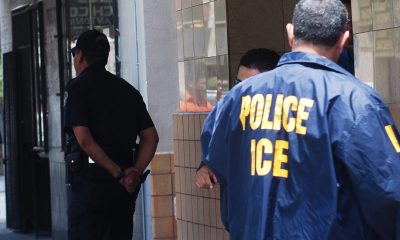
 International20 hours ago
International20 hours agoU.S. Judge Blocks ICE from Re-detaining Salvadoran Erroneously Deported Under Trump Administration
-

 International2 days ago
International2 days agoCristina Kirchner recovering after appendicitis surgery in Buenos Aires
-

 International20 hours ago
International20 hours agoTrump Orders Construction of New ‘Golden Fleet’ to Revitalize U.S. Naval Superiority




























